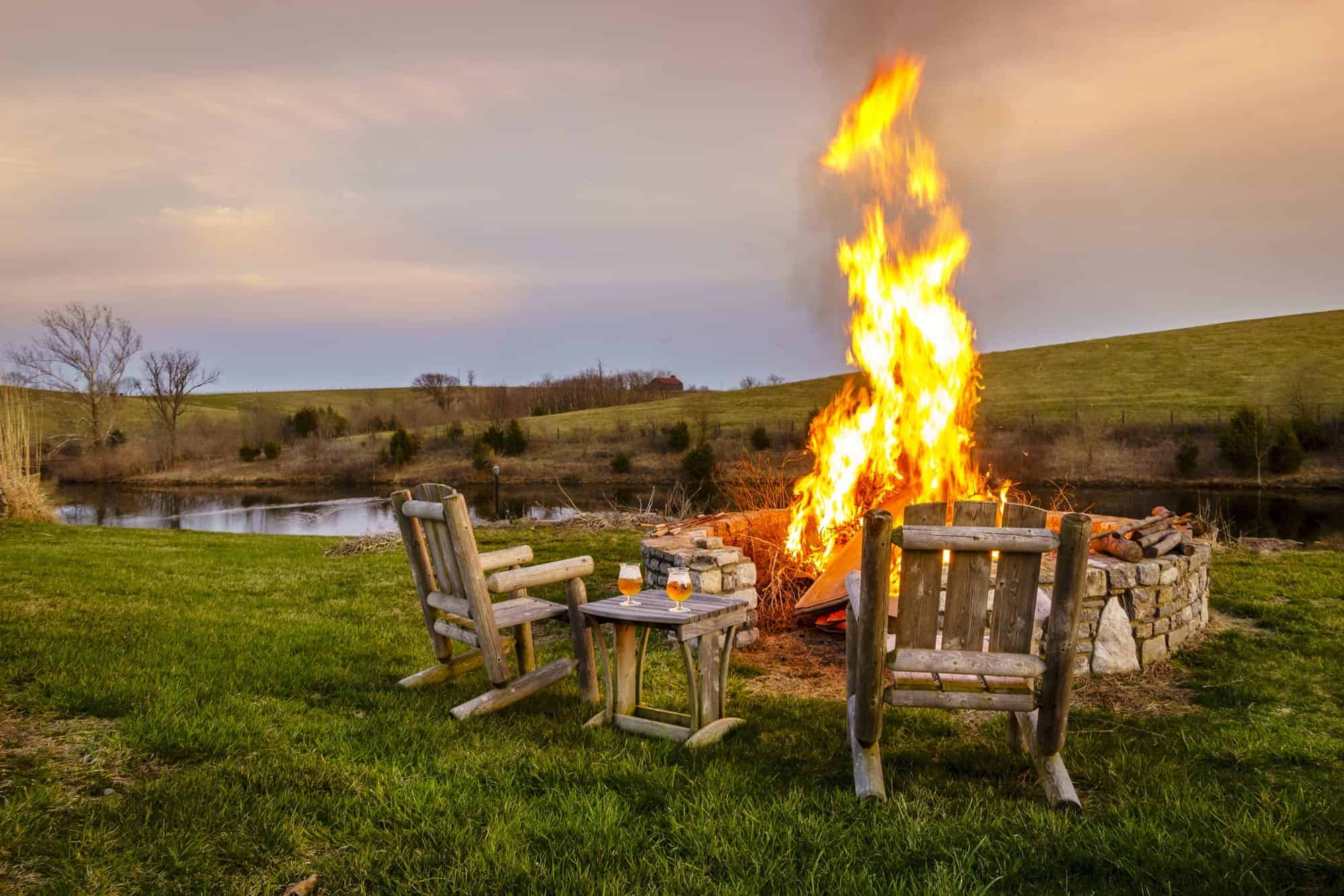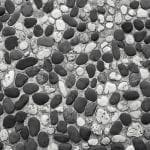
5 Things to Keep Out of Your Fire Pit
If you’re trying to think of ways to stay entertained at home during these confined times, the fire pit is a relaxing option to end the day and chill out in your backyard with family members.
If your fire pit has been gathering dust in the garden shed for months, but you’re using this extra at-home time to do those activities you’ve always wanted to do, then take a moment to brush up on those fire safety tips, in particular, what NOT to put in a fire pit.
Here are 5 items you should avoid burning.
Wood that is treated or painted
This type of wood has either been pressure treated or painted for decks and other home projects. It’s treated with arsenic (and paint contains chemicals) to prevent damage from moisture and insects. When burned, these toxic fumes are released into the atmosphere, negatively impacting the environment. Plus, it’s not healthy to inhale these fumes.
Wet wood
If your firewood has been exposed to rain and hasn’t had ample time to dry out completely, it won’t burn in your pit. This is more of an inconvenience than anything else. Always keep your firewood well-covered.
Driftwood
Do you live near a beach with lots of driftwood lying around? Driftwood is a dry, seasoned wood that you would think is OK to burn. Not so fast. Driftwood contains metal salts from the sea. When burned, it actually produces a lovely colored flame. The big drawback? The fumes that are emitted are toxic.
Plastic
Over the past few years we’ve all come to realize how harmful plastic is to the environment and our health. Burning plastic is a big no no! Not only are you releasing byproducts into the atmosphere that seriously hurt the planet, but breathing in plastic fumes is toxic to health. Dioxin, for example, is a carcinogenic that causes headaches, fatigue and respiratory problems. Check documents and envelopes for plastic before burning, you never know where it can lurk.
Particle board, plywood
Man-made woods, such as particle board or plywood should not be burned. They are manufactured by binding smaller pieces of wood together using adhesives that produce toxic fumes when burned.






Oma
This blog was… how do I say it? Relevant!! Finally I
have found something that helped me. Thank you!